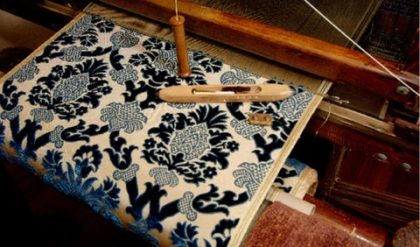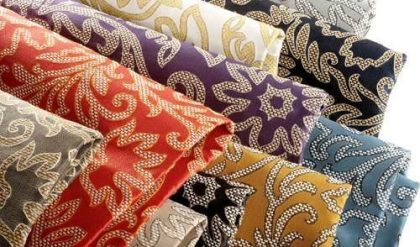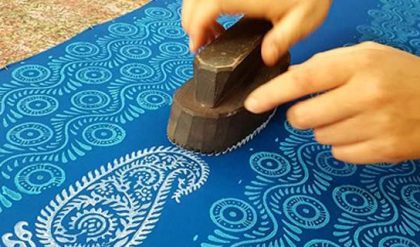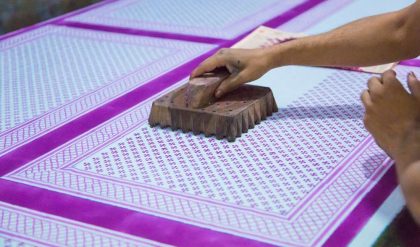Carbon fibre is fibre made of carbon. But, these fibres are only a base. What is commonly referred to as carbon fibre is a material consisting of very thin filaments of carbon bound together with plastic polymer resin by heat, pressure or in a vacuum. The resulting composite material both strong and lightweight.
Like many fabrics, the strength of carbon fibre is in the weave. The more complex the weave, the more durable the composite will be. It is helpful to imagine a wire screen that is interwoven with another screen at an angle, and another at a slightly different angle, and so on, with each wire in each screen made of carbon fibre strands. Imagine this mesh of screens drenched in liquid plastic, and then pressed or heated until the material fuses together. The angle of the weave, as well as the resin used with the fibre, will determine the strength of the overall composite. The resin is most commonly epoxy, but can also be thermoplastic, polyurethane, vinyl ester, or polyester.
Alternatively, a mold may be cast and the carbon fibres applied over it. The carbon fibre composite is then allowed to cure, often by a vacuum process. In this method, the mold is used to achieve the desired shape. This technique is preferred for uncomplicated forms that are needed on demand.
Carbon fibre material has a wide range of applications, as it can be formed at various densities in limitless shapes and sizes. Carbon fibre is often shaped into tubing, fabric, and cloth, and can be custom-formed into any number of composite parts and pieces.
It is common to find carbon fibre in:
· Aeronautics and aerospace industries
· Oil and gas industry
· Unmanned aerial vehicles
· Formula 1 cars
· Satellites
· Musical instruments
· Furniture
· Art
· Structural elements of buildings
· Bridges
· Wind turbine blades
Carbon fibre is an incredibly useful material used in composites, and it is likely to continue to grow manufacturing market share. As more methods of producing carbon fibre composites economically are developed, the price is likely to continue to fall, and more industries will take advantage of this unique material.
History of carbon fibre
The 20th century saw a roller coaster ride in the demand for carbon fibre. Threats to peace increased the demand for carbon fibre for defense purposes in the middle of the century. A downturn in defense needs then resulted in a reduction in production of carbon fibre toward the close of the century. By the beginning of the 21st century, new applications and new markets sent the production of carbon fibres on an upswing. Despite the downturn in 2007-2008, worldwide demand increased to approximately 40,000 metric tons in 2010.
Carbon fibres have revolutionised the technology of materials. The National Academy of Engineering voted carbon fibres one of the 20 top engineering achievements of the 20th century and the American Chemical Society named the development of high performance carbon fibres a National Historic Chemical Landmark in September 2003.





